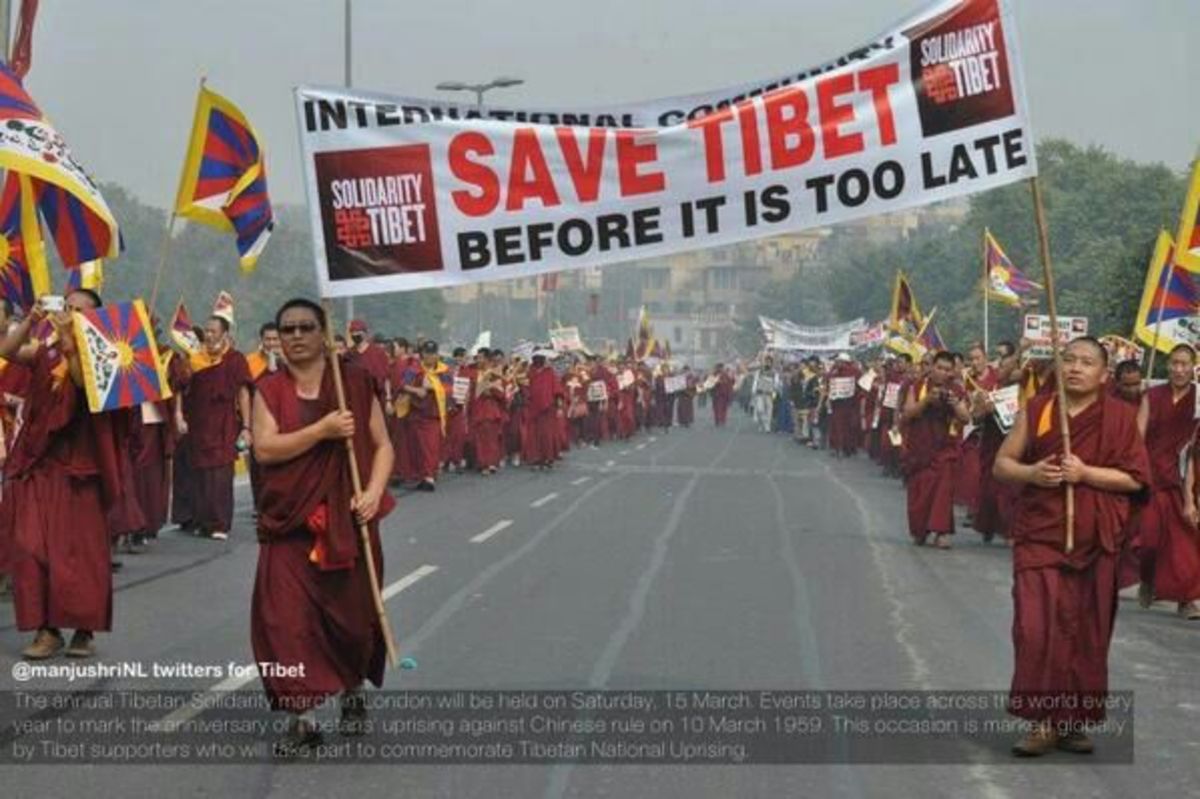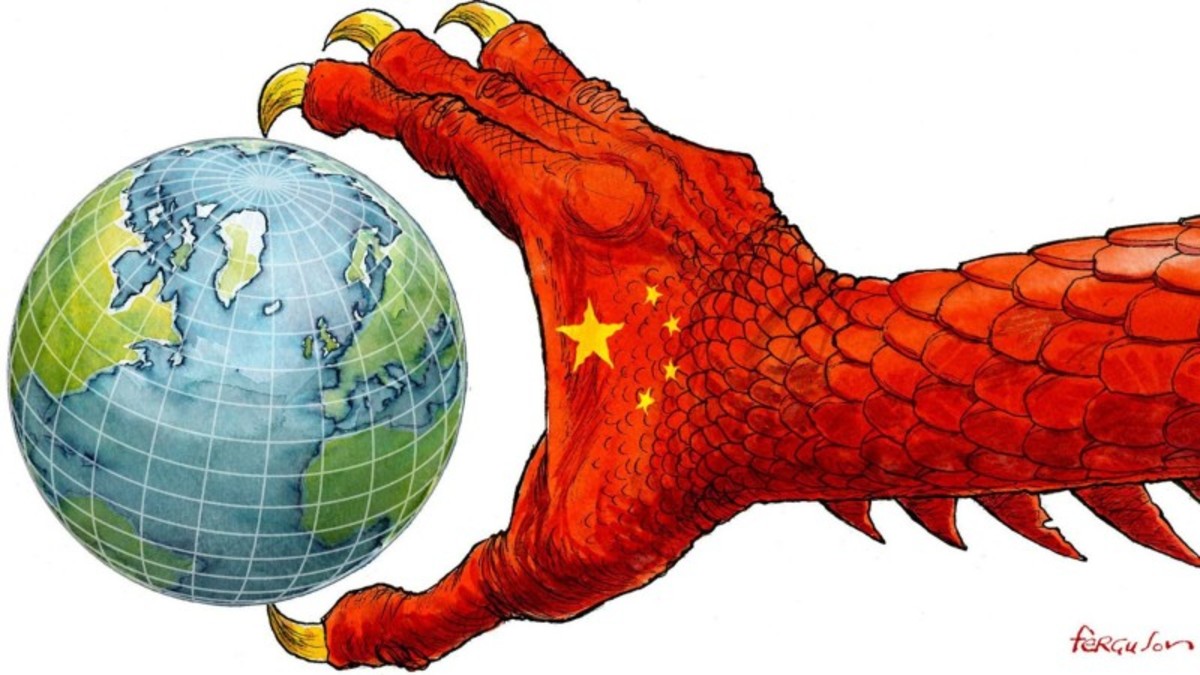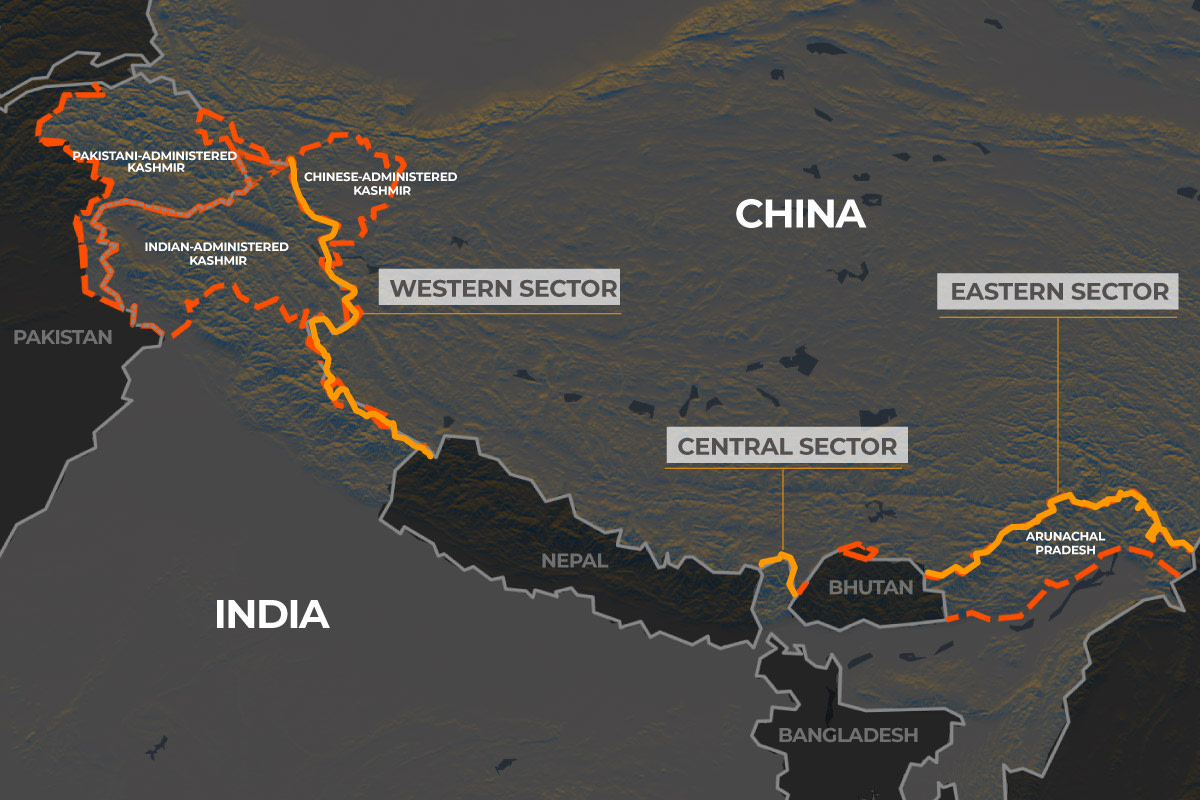Police Brutality in China
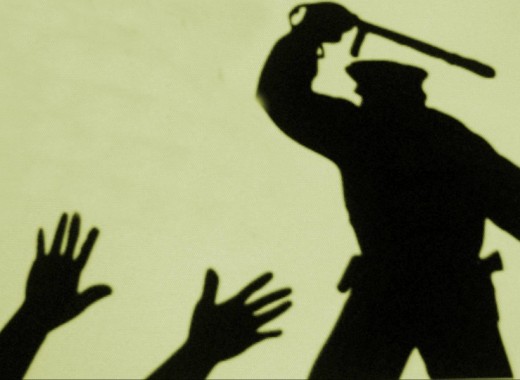
Introduction
Police brutality is an issue many nations struggle with and is often associated with totalitarian rule or police states in which the law enforcement agencies are extensions of the government meant to control the people. Even within China, legislators see the legal system as one that is particularly Marxist in nature. The laws enforced most efficiently in China’s legal system are those designed to favor the ruling class and to limit the power of those under this class’s rule. According to Gou et al. (2016), China’s ruling class are considered to be synonymous with the state, and therefore the interests of said class are in line with the interests of China itself. This blunt description was made by members of China’s own Ministry of Justice to make, and it is one that verifies suspicions many western countries have had regarding China’s legal policies.
Comparisons
The image of an unopposed leading class which uses the police to enforce their laws on the lesser peoples is a reality in China. Within a system where law enforcement is meant to control rather than “protect and serve” many violations of human rights have been observed. While China itself is less foreign to Western powers as it once was, the stance that many in the West have regarding China’s treatment of its citizens remains unfavorable as it always has. As such, the level of police brutality and the responses to its occurrence vary significantly between China and the United States.
Tibetan Protesters
In recent years, citizens who wish to speak out or show displeasure with the government have had to go to severe lengths and have experienced harsh backlash. The Tibetan Review reported on incidences in 2012 of Tibetan protesters setting themselves on fire as part of demonstrations to show their extreme displeasure with the Chinese government and their lack of fear in the face of oppression. These visceral displays were ample to move locals to protest in the streets. In response, the Chinese police moved into the crowds with “nail-spiked batons” and attacked the supporters of the self-immolators (Tibetan Review, 2012).
The Tibetan people have long since considered themselves separate and oppressed by China, and the resulting police actions to these protests only serve to further that sentiment. No attempt at diplomacy can be seen in the police’s actions. Furthermore, this brutal act was not the result of a single officer acting outside the bounds of his duty, but rather was an accepted method of dealing with the situation as is demonstrated by the possession of spiked batons.
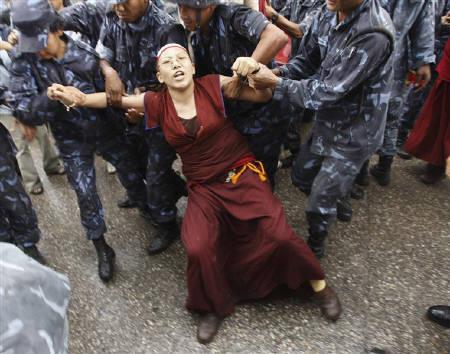
United States Policy of Police Brutality
While violent policing acts may be viewed as a necessary part of law enforcement in China, the United States (US) Government officially opposes such actions in its police departments. While indiscretions are frequently made throughout the US and police brutality has become a troubling topic for many, the main difference between these two countries is that the US Government does not see brutality as beneficial in any way to its causes.
In 2014, Congress passed an act that calls the creation of a database wherein all reports of suspects dying in police custody are filed. The Death in Custody Reporting Act serves to provide a way for researchers to correlate this data in an attempt to find a pattern or statistically significant cause or underlying factor in instances of police involvement in the death of a citizen. Failure to comply with this act and to report all such occurrences to the Department of Justice can result in a State losing up to ten percent of the money it receives from the federal government for law enforcement purposes. This regulation shows in a clear and undeniable manner that the United States government is staunchly opposed to police brutality and is taking measures to lessen its effects in society.
Wrongful Confessions
Police brutality can extend beyond what occurs in heated situations such as a riot or protest. It can be premeditated and even institutionally enforced. In 2015, the New York Times picked up a story from Chinese news sources regarding a man who was tortured while in police custody. The goal of the abuse had been to coerce a confession out of the man for the shooting death of an official in Shanxi province. The tortures included being locked in a cage, having boiling water poured on him, having water poured up his nose, and sleep deprivation. While he was initially convicted and sentenced to death in 2008, his sentence was reduced to lifetime incarceration in 2010, and then was eventually overturned in 2013. While this is a victory in the Chinese courts, the fact that severe police brutality occurred continues to go unaddressed (Piao & Ramzy, 2015).
The case gained attention even in China despite the news networks there being state owned. The man had some drawings made up by an artist to depict his suffering at the hands of the police, which acted as an image and face of his movement to seek justice and caught the eye of the global media. While some may view this individual’s case as one in which justice ultimately prevailed, there were some missteps along the way which seem to favor clearly the use of brutality and coercive means of confession by police. That his case took so long to overturn when it never had any foundation is evidence of the corruption in the police departments and acceptance of such methods by the rest of the Chinese branches of government (Piao & Ramzy, 2015).
United States Courts
Coercion and false confessions occur in the United States as well, but the judicial system takes special care to attempt to uncover when such means are used on a suspect. The US court system takes special care to note whether proper police procedure was followed in the procurement of evidence and does not hesitate to throw out such evidence if it is deemed to be suspect or was acquired in an illegal or unethical manner. These actions reduced the drive for police brutality on an institutional level and punished the perpetrators of such acts rather than rewarding them.
Should a police officer in the United States be suspected of tampering with evidence, eliciting a false confession through coercive means, or in any way being abusive to a detainee, charges may be brought against the officer as well as disciplinary actions from the department in which the officer is employed. Though abuse does happen in the United States, there is a much larger chance of the abuser being punished in some way for their actions. Conversely, the People’s Republic of China may acknowledge a mistake, but not attempt to rectify the situation in any way or seek justice for the perpetrators of abuse.
Discussion
The reasons for brutality taking such a prominent role in China’s police departments are twofold: some draws make brutal action appear beneficial, and there are no clear checks and balances that stop it from occurring. A draw for such behavior can be something as simple as the need to maintain the pressure from the ruling class on the lower casts. The notion that people, should they step out of line with the government’s purpose for them, may be subject to severe abuse and torture is a powerful tool for the ruling classes to keep control and to prevent any possible rebellious activity before it is even started.
Another potential draw is the ease with which court convictions occur. The longer a case stands in a trial, the more time and resources are used in an attempt to divine what happened. Quick convictions made based on confessions obtained by police officers is an efficient way for a judicial system to run, if time and effort are the only factors considered. The pull on police to elicit such confessions leads them to find ways in which they can press individuals to admit wrong. The fact of whether or not the person in question was involved in any wrongdoing is seen as irrelevant in this model. Only the conviction, made promptly, is necessary, and this motivates law officers to become abusive and coercive.
The reasons brutality is not curbed is because there is no standard of checks and balances to hold law enforcement officials responsible. While certain acts may be condemned in the public eye, the people responsible for them are not. As such, they experience no reason to change. There is no genuine oversight monitoring these actions and attempting to resolve them like what is seen in the United States Death in Custody Reporting Act. As such, they continue unmonitored and unchecked.
Additionally, China has established a system in which those who tend towards brutality would seem to have a career path marked out for them. It is commonly believed that some people have a more violent nature. As such, it stands to reason that those officers of the law who tend toward violence will find a rewarding career in which they can devolve into their whims rather than a sense of duty or drive for the common interest.
Conclusion
The combination of the oppressive goals of the Chinese government and a lack of oversight has created a culture of brutality among the People’s Republic’s police departments. When compared to the United States, China’s government possesses an entirely difference teleological philosophy: one that aims to control humans rather than promote human rights. As such, China is less interested in monitoring police abuses than many western states. The court system also creates a draw for police to use coercive methods. The sum of these policies is a police force that is free to be as brutal as it chooses, so long as it is loyal to the state.
Report on Self-Immolation
References
China's brutality continues as Tibet self-immolations touch 49 (2012). Tibetan Review: The Monthly Magazine on all Aspects of Tibet, 6-9.
Guo, J., Xiang, G., Zhongxian, W., Zhangrun, W., Xiaohui, P., & Shuangshuang, L. (2016). WORLD FACTBOOK OF CRIMINAL JUSTICE SYSTEMS. Retrieved April 21, 2016, from http://www.bjs.gov/content/pub/ascii/WFBCJCHI.TXT.
Piao, V., Ramzy, A. (2015). Drawings of Police Torture Seize China's Attention. The New York Times, pp. 7A.
Rushin, S. (2016). Using Data to Reduce Police Violence. Boston College Law Review, 57(117), 117-166.

